The Galapagos Islands are regarded the world over as a unique destination, originally made famous by scientific explorer Charles Darwin in the mid-1800s. Since his initial visit to the archipelago, countless tourists have visited these remarkable shores. With more than 400 species of fish and an abundance of wildlife in the Galapagos, there is certainly plenty to see. Here are 20 fascinating details to keep in mind about the Enchanted Isles.
1. The Galapagos Islands are a national park
Apart from being a UNESCO World Heritage Site and Biosphere Reserve, the Galapagos Islands in Ecuador are also a national park with all of the protections granted by law. 97% of the archipelago comprises the Galapagos National Park, where people are only allowed to visit if accompanied by a park-certified guide. Upon arriving in the Galapagos, visitors must pay a park entrance fee of USD 100 (adults) and USD 50 (children). Residents and citizens of Ecuador pay a reduced fee of USD 20. Meanwhile, the remaining 3% is home to the human population of over 25,000 inhabitants. They live on the following islands: San Cristobal, Santa Cruz, Isabela, and Floreana.
TALK TO A DESTINATION EXPERT

Diego Zapata

Rosa Mena

Sandy Lara

Diego Zapata

Rosa Mena

Sandy Lara
2. There is volcanic activity in the Galapagos
As recently as 2018, there was volcanic activity in the archipelago on the islands of Fernandina and Sierra Negra. Prior to these, in May of 2015, Wolf Volcano (alternatively, Mount Whiton) on Isabela Island erupted. Lava flowed down its slopes facing east and southeast. Thankfully, the pink iguanas that inhabit this area, are largely located along the northwest side of the island and were, therefore, not endangered. Though somewhat unexpected, witnessing a volcanic eruption can be common for visitors to the islands, these days.
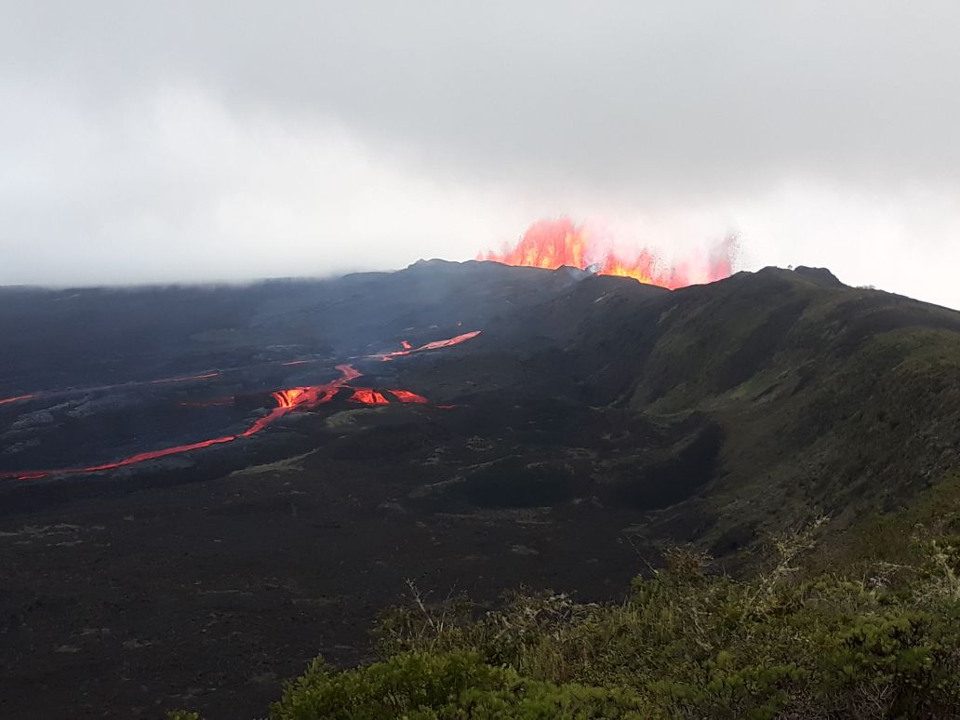
3. The archipelago is an expansive island chain
The Galapagos Islands are situated in the Pacific Ocean about 575 mi (926 km) to the east of the Ecuadorian mainland. The archipelago is host to 20 volcanic islands and 42 islets, all of which are comprised of over 250 types of volcanic rock.
4. There are three types of boobies
Boobies are a type of seabird that belongs to the Sulidae family of birds. There are three kinds found in the Galapagos. These are blue-footed, red-footed, and Nazca boobies. Each is characteristically different than the other in both behavior and appearance, though all three plunge into the ocean when diving after food.
5. The only penguins in the northern hemisphere live here
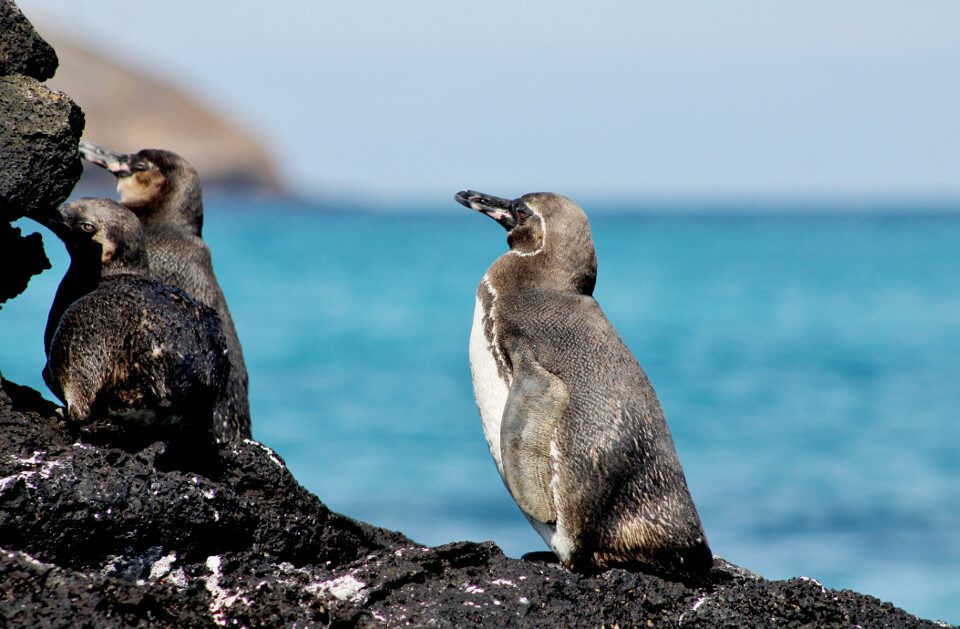
You have to see it, to believe it but, yes! The only species of penguins that can be found north of the Equator waddles around the Galapagos. Although typically found on Isabela and Fernandina, they can also be seen on the central islands and as far south as Floreana.
6. Marine Iguanas: Swim, Sun, Repeat
About one-fifth of marine life in the Galapagos is endemic to the islands, and some of the most fascinating creatures are marine iguanas, which have adapted over time to their ocean habitats and a diet entirely comprised of seaweed. They are, of course, excellent swimmers and beautiful sunbathers.
7. Any month is the best time to visit the Galapagos Islands
Since the Galapagos Islands are located on the equator, they experience a temperate year-round climate. The archipelago experiences two seasons: a hot season, with warmer and more humid weather, which lasts from December through May, and a dry season, generally a little cooler and stretches from June through November. Given this, the islands are lush, green, and tropical or kind of barren, colorful, and arid. There is more rainfall in the hot season and seas tend to be calmer, with slightly warmer ocean temperatures around 79°F (26°C). Conversely, the dry season experiences southeast trade winds and a delightful breeze and sees an increase in marine activity.
8. Equal parts day and night
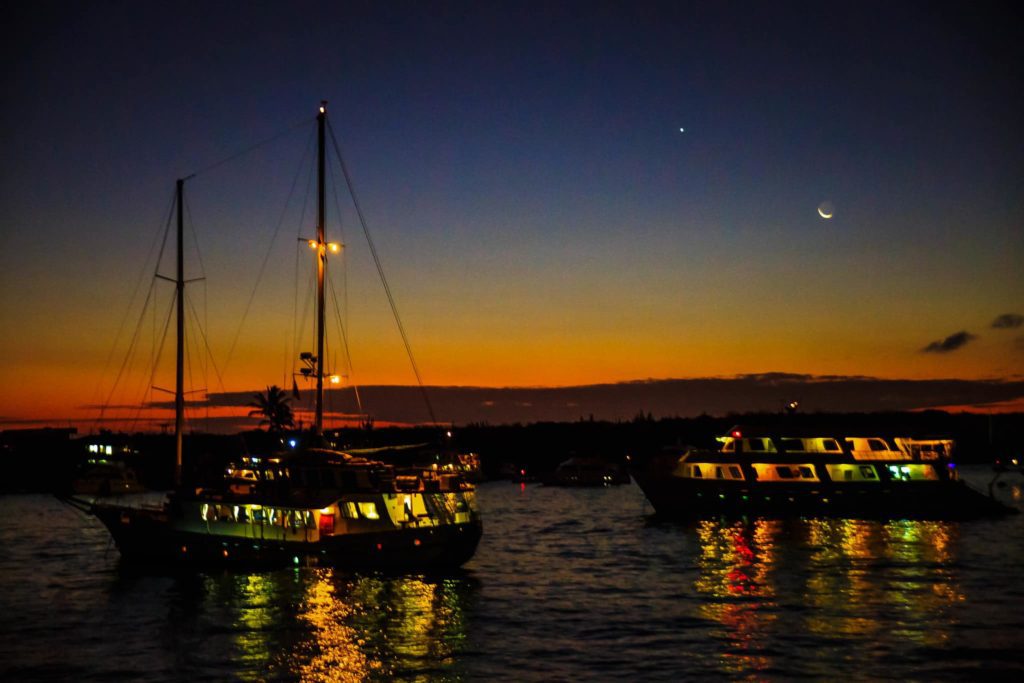
Straddling the equator has its advantages! Having a steady 12 hours of daylight every day, all year round, means you also get 12 hours of starry nights. Enjoy the wildlife, both diurnal and nocturnal, along with inspiring sunrises and remarkable sunsets. It’s all about balance!
9. Long live the (giant) tortoise!
The Galapagos giant tortoise can live well over 100 years, making it the oldest existing vertebrate on the planet. In the Enchanted Isles, there are a number of giant tortoise sanctuaries and breeding centers (mainly on Santa Cruz and San Cristobal islands). Different species of Galapagos giant tortoises have developed physical characteristics that vary according to the island and habitat in which they have evolved.
10. Green sea turtles have been around for a very long time
The green sea turtle is a peaceful swimmer. They can be seen virtually everywhere in the waters of the Galapagos Islands. They are believed to have been around while dinosaurs still roamed the Earth, having swum with some of the oldest and biggest of these prehistoric giants.
11. The Galapagos Islands are host to an intersection of tectonic plates
The Pacific, Coco, and Nazca plates meet here, making the islands of the Galapagos one of a kind. Sporadic volcanic activity and incredible, ecologically diverse landscapes make it a very special place on Earth. Much of the terrain in the islands feels alien, thanks to its uniqueness.
12. The Galapagos Islands inspired Charles Darwin’s Theory of Evolution by Natural Selection
The Galapagos Islands were made famous by Charles Darwin back in the mid-1830s, for it is here where he developed his Theory of Evolution by Natural Selection. A stone bust in the town square on Santa Cruz Island commemorates the scientist, while a nearby investigative center (The Charles Darwin Research Station) bears the name of this evolutionary giant and is a big hit with many tourists.
13. There are over 800 species of mollusks and myriads of fish species
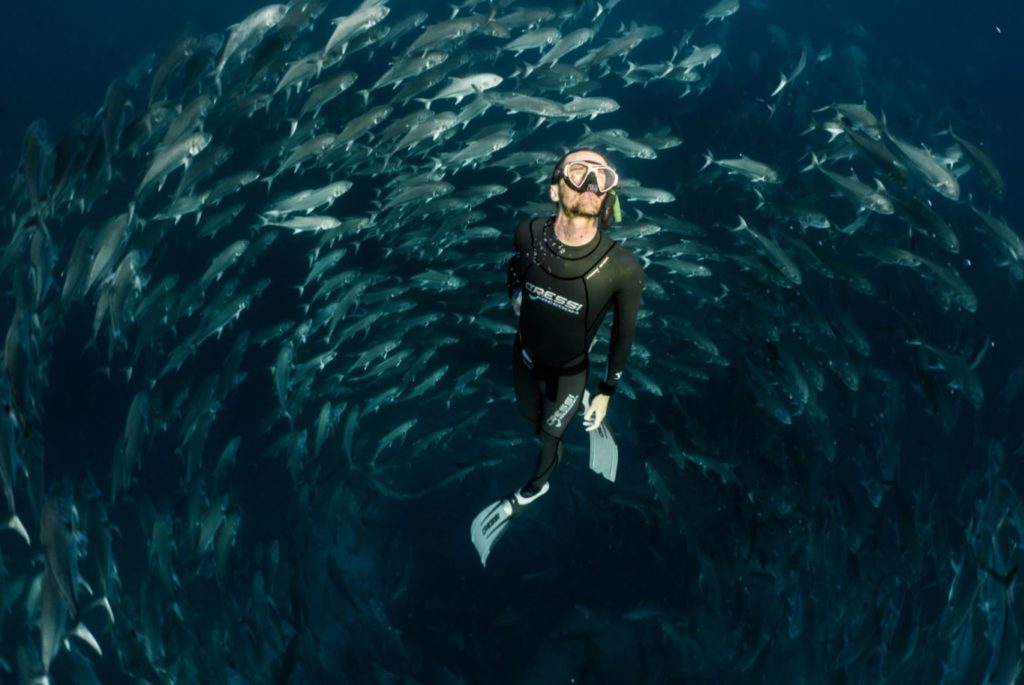
The ocean waters surrounding the islands of the archipelago teem with an enormous variety of snails, octopus, cuttlefish, oysters, and squid, along with a remarkable and colorful variety of fish species, many of which can be spotted while snorkeling in the Galapagos National Park.
14. What does ‘Galapago’ mean?
‘Galapago’ seems a fitting name for the Islands’ oldest inhabitants. This old Castilian word referred to the shells of these giant tortoises which looked like “riding saddles” back in the day.
15. Visitors are greeted with comfortable temperatures all year round
The Galapagos Islands are not as hot and sticky as you might think. The equatorial climate is pleasantly warm throughout the year with highs of 79° – 86°F (26° – 30°C) and water temperatures ranging between 71° and 78°F (21.7° – 25.6°).
16. Less than 79,000 annual visitors tour the Galapagos Islands on liveaboards
A major trend in tourism in the Galapagos Islands consist of people living aboard sailing vessels (liveaboards) as they explore the islands. The archipelago sees an increase in the number of visitors each year during the months of June, July, and August and then again from mid-December to mid-January. Even though the islands are consistently busy, they’re rarely ever over-crowded, making it a perfect holiday destination.
One other thing, it is important to note that the Galapagos National Park requires that all visitors be accompanied by GNP-certified naturalist guide at all times. The maximum number of guests allowed per guide is 16. Some cruises feature excellent ratios (in the range of 8 to 12 guests per guide). If you’re considering a visit to the Galapagos, this is something worth consulting with your destination expert.
17. The archipelago is constantly evolving
The islands aren’t dormant relics of the past. They are continually evolving; younger ones form while older ones gradually slip back into the ocean.

Javier Garcia

Eduardo Silva

Carolina Escobar
START PLANNING YOUR TRIP

Javier Garcia

Eduardo Silva

Carolina Escobar
Get in touch for more
CONTACT US
18. Ocean currents intersect with unpredictable effects
The islands of the Galapagos are host to a convergence of currents. There are approximately four currents that intersect in the archipelagic region: the Equatorial, Humboldt, Cromwell, and Panama currents. Given this fact, it can often be difficult to predict wave activity. Similarly, water temperatures vary, along with underwater visibility and marine species. Additionally, El Niño originates off the coast of the Galapagos Islands and can alter other ocean currents, weather patterns, and food availability both at sea and on land.
19. Little fear of humans – one of the most amazing things about the Galapagos!
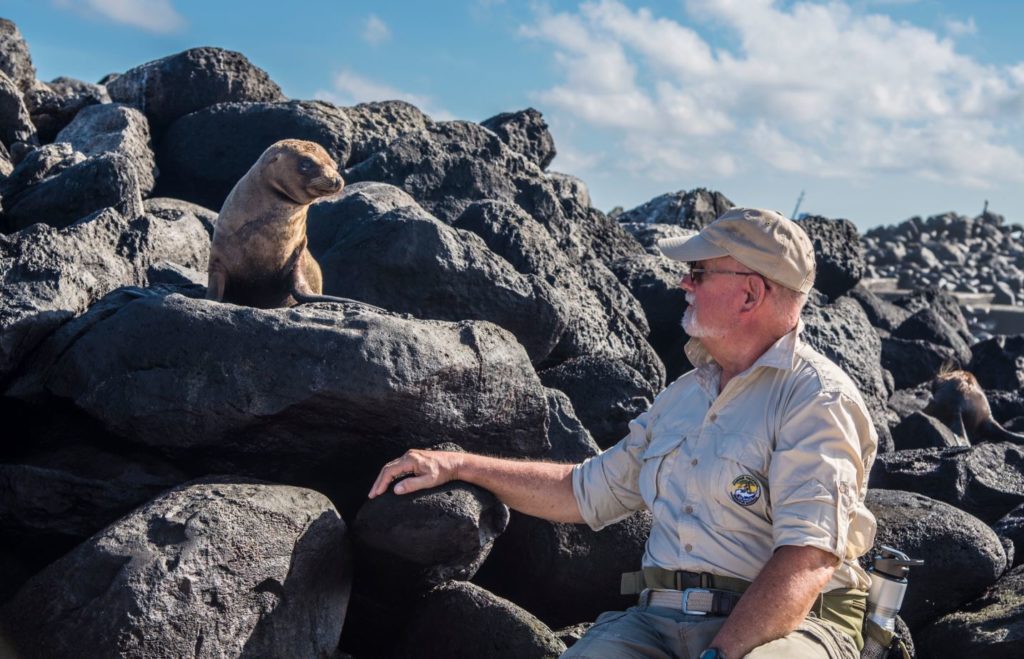
Devoid of natural predators, the animal inhabitants of the Galapagos generally express little concern with human visitors. Whether this is because they have adjusted to being observed and left alone, or whether they are genuinely not threatened by people, visitors are instructed to keep their distance (about 7 ft or 2 m), thus ensuring the protection of both habitat and species.
20. Post Office Bay
If you go to the Island of Floreana, be sure to stop by a barrel-shaped post box left there by whaling ships in the 18th century. While a bit obsolete in this day and age, tourists just love a piece of history they are able to relate to in modern times.
Don’t think of the Galapagos cruise as simply a holiday destination. Galapagos Islands Tours are much more than that, it’s a monumental site bearing homage not only to a scientist and his contributions but above all else to its unique flora and fauna which excite and beguile even the most unassuming naturalist in all of us, children and adults alike.


